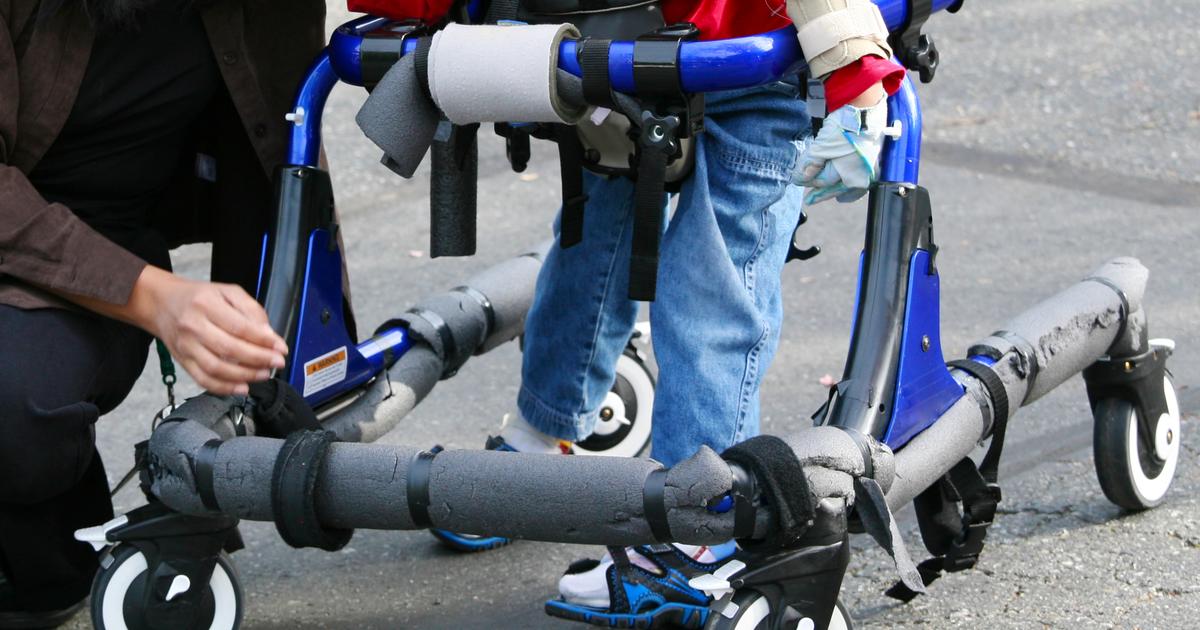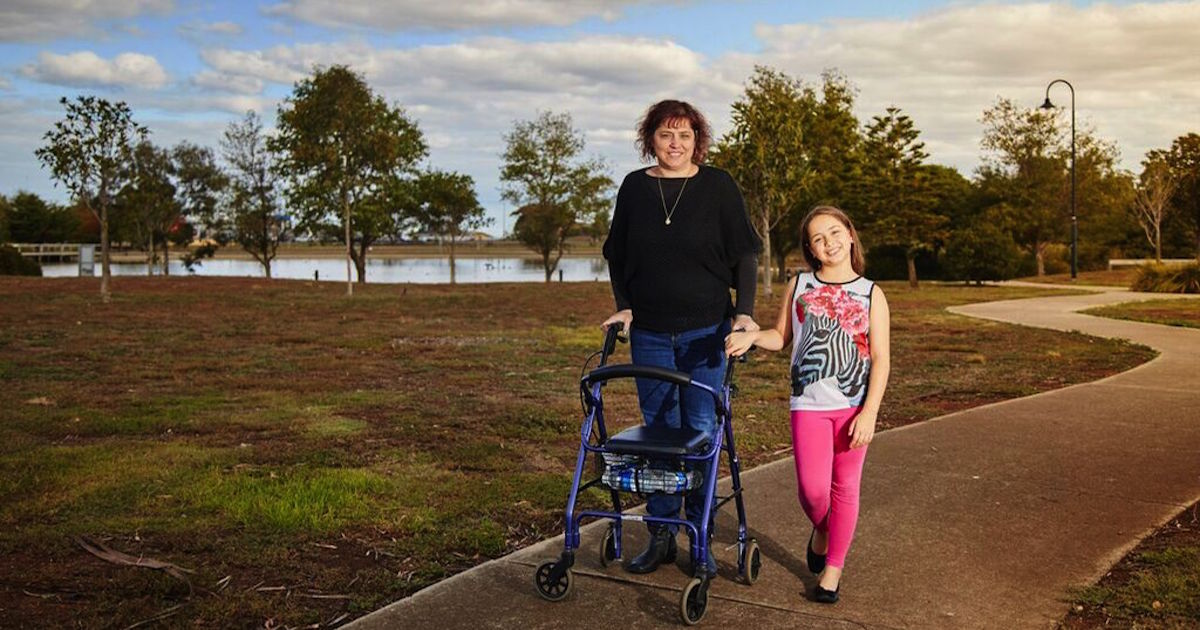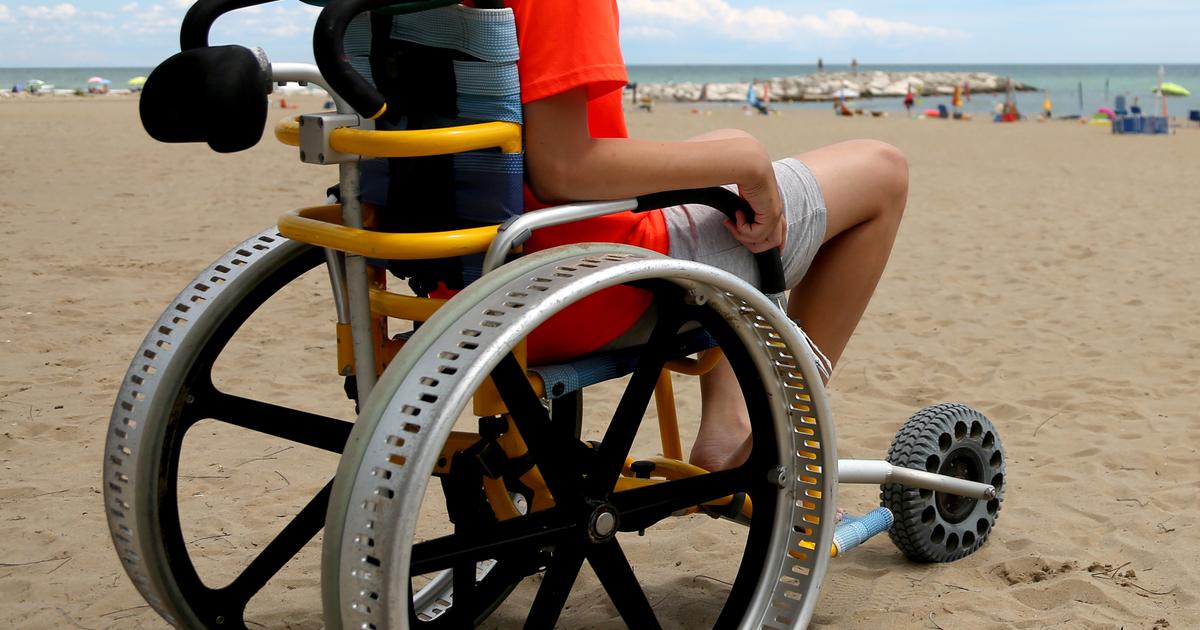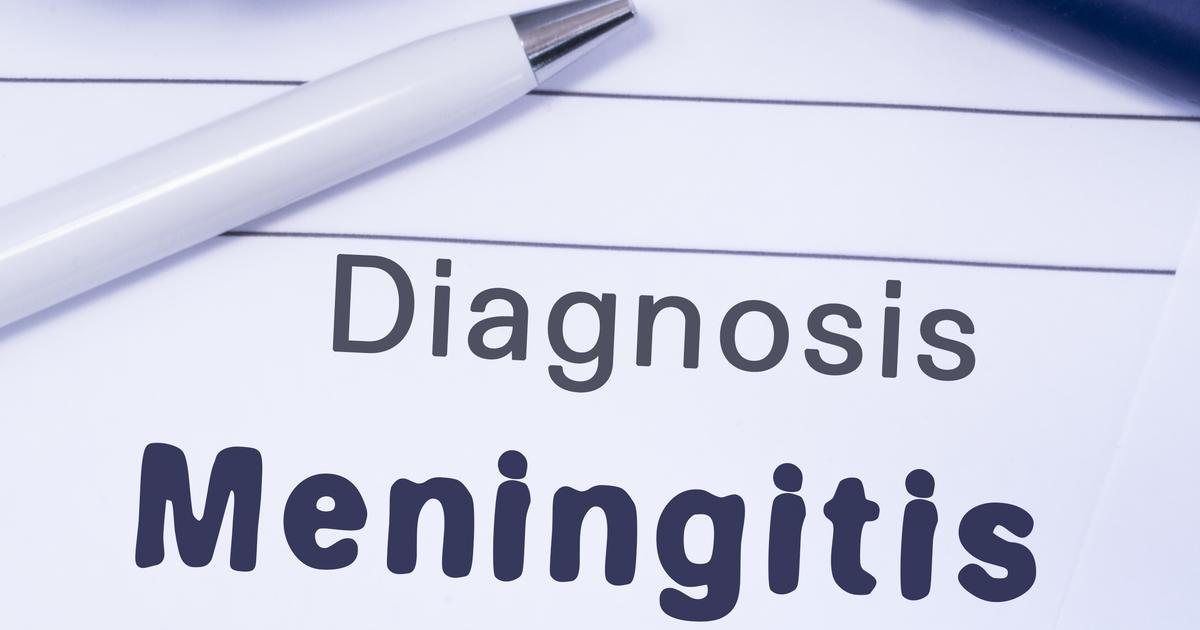Guide To Serious Nervous System Disorders
The nervous system is the organ system responsible for the coordination and regulation of an individual's body activities. There are two primary divisions of an individual's nervous system: the peripheral nervous system and the central nervous system. The peripheral nervous system consists of all of the nerves and neural elements around the body that are not part of the spinal cord and brain. The central nervous system refers to all the nerves and neural components included in the spinal cord and brain. Other components of the nervous system include the ears, smell sensory organs, skin sensory receptors, eyes, taste sensory organs, and muscle sensory receptors. When there is a problem with the structure and or function of any components of the nervous system, it is referred to as a nervous system disorder.
There are hundreds of nervous system disorders, with some being more serious than others. Let's get familiar with some of the most well-known now.
Alzheimer's Disease

Alzheimer's disease is a progressive neurological disorder that causes the cells in an individual's brain to degenerate. Alzheimer's disease is the result of lifestyle, genetic, and environmental factors that cause damage to the tissues of the brain over time. The hallmark symptom in Alzheimer's disease patients is the loss of memory, beginning with forgetting conversations and recent events. Eventually, an affected individual will start to repeat questions and statements, misplace possessions, get lost in familiar places, forget the names of everyday objects, forget the names of family members, and be unable to put together the right words to express what they want to say. Multitasking becomes difficult, and an inability to concentrate develops. The ability to make judgments and decisions that are reasonable deteriorates and routine activities become difficult. A diagnosis of Alzheimer's disease is made with a neurological exam, lab testing, mental status tests, neuropsychological testing, and brain imaging. Treatment includes the use of medications to slow the progression of the disease and supportive care for the mental and behavioral symptoms.
Read more about the different nervous system disorders now.
Cerebral Palsy

Cerebral palsy is a disorder that causes an individual to be unable to maintain their posture and balance. Damage to the brain when it is in the process of developing or abnormal brain development are both major causes of cerebral palsy. There are four primary classifications of cerebral palsy: spastic cerebral palsy, dyskinetic cerebral palsy, ataxic cerebral palsy, and mixed cerebral palsy. Symptoms of cerebral palsy range depending on the age of the patient. Infants may feel stiff or floppy, overextend their neck or back, or experience a head-lag upon being picked up. Infants older than six months may not be able to bring their hands together, roll over in either direction, bring hands to the mouth, or may only reach out with one hand. Infants and toddlers over ten months old may have a lopsided crawl, drag one hand and leg, scoot around on buttocks, and will not crawl on all fours. Developmental screening and medical evaluations are used to diagnose cerebral palsy. Treatment may include the use of medication, braces, physical therapy, surgery, occupational therapy, and speech therapy.
Discover additional nervous system disorders now.
Multiple Sclerosis

Multiple sclerosis is a type of neurological disease where an individual's immune system inappropriately attacks the myelin covering around the nerves, causing problems with communication between different parts of the brain and between the brain and the rest of the body. Symptoms of multiple sclerosis can range from one patient to the next and include weakness or numbness in the limbs on one side of the body, certain neck movements that produce electric-shock sensations, unsteady gait, poor coordination, and a persistent tremor. Other symptoms include bladder function issues, bowel function issues, dizziness, fatigue, slurred speech, blurry vision, pain with eye movement, and double vision. A diagnosis of multiple sclerosis is made through the process of elimination of other diseases with a physical examination, blood tests, spinal tap, MRI scans, and evoked potential tests. Treatment for multiple sclerosis focuses on slowing the disease progression and managing symptoms. Treatments for multiple sclerosis attacks include plasma exchange and corticosteroids, while treatments to slow progression include glatiramer acetate, beta interferons, muscle relaxers, and physical therapy.
Continue reading to reveal more nervous system disorders now.
Parkinson's Disease

Parkinson's disease is a disorder of the nervous system that causes an individual to have difficulty with movement and results in stiffness, shaking, difficulty walking, balance issues, and poor coordination. Parkinson's disease occurs due to decreasing levels of dopamine in the brain over time due to the death of the cells responsible for producing dopamine. The most common symptoms of Parkinson's disease include trembling in the hands and legs, limb stiffness, trembling in the arms and jaw, stiffness of the trunk, slowed movements, impaired coordination, poor balance, frequent falls, depression, urinary problems, skin problems, sleep disruptions, constipation, poor handwriting, and speech problems. Parkinson's disease is diagnosed through a physical examination, medical history, genetic testing, agility evaluation, muscle tone evaluation, gait and balance evaluation, and a DaTscan. Treatment for Parkinson's disease includes medications, deep brain stimulation, physical therapy, occupational therapy, and speech therapy.
Uncover more information on various nervous system disorders now.
Amyotrophic Lateral Sclerosis

Amyotrophic lateral sclerosis (ALS) is a progressive neurological disease that keeps an individual's motor neurons from functioning properly. The motor neurons contained within the spinal cord and brain deteriorate and die in ALS patients. Early symptoms include stiff and weak muscles that make fine movements difficult, like turning a key or buttoning a piece of clothing. Symptoms progress into frequent tripping and falling, trouble swallowing, slurred speech, muscle cramping, muscle twitching, inappropriate yawning, weakness in the leg, cognitive changes, and behavioral changes. Eventually, the weakness of the muscles progresses to the diaphragm and other muscles that allow an individual to breathe properly. Supportive care with a breathing machine is necessary at this point. A diagnosis of amyotrophic lateral sclerosis is made with the use of an electromyogram, nerve conduction study, blood testing, urine testing, spinal tap, and muscle biopsy. ALS treatment involves the use of medications, physical therapy, speech therapy, occupational therapy, nutritional support, psychological support, and breathing support.
Keep reading for more information on major nervous system disorders now.
Epilepsy

Epilepsy causes abnormal electrical activity in the brain. Patients with this condition may have seizures and experience periods of abnormal behavior or sensations. Depending on the type of seizure a patient experiences, they could lose consciousness and display fast, jerking, and repetitive motions of the arms and legs. Some types of seizures involve an individual simply staring blankly into space for a few minutes. To diagnose epilepsy, doctors perform a complete neurological exam, and they will also do an electroencephalogram to investigate the patient's brain wave activity. Patients often have a brain scan to check for masses or structural abnormalities that may cause seizures. Prescription medications are necessary to treat epilepsy, and patients may have to take several different types to control their seizures. Levetiracetam, topiramate, and valproic acid are some of the medications doctors often consider prescribing. Patients with severe epilepsy that is not well-controlled with medication may need to have surgical intervention.
Read more about nervous system disorders now.
Muscular Dystrophy

Muscular dystrophy is characterized by progressive weakness and loss of muscle mass. Duchenne muscular dystrophy is the most common form of this condition, and it occurs more frequently in boys. Patients with Duchenne muscular dystrophy typically display symptoms during childhood, and other forms may have no symptoms until adulthood. Myotonic muscular dystrophy is the most common form of adult-onset muscular dystrophy. Symptoms of muscular dystrophy vary by type, and may include frequent falls, walking on the toes, difficulties with running and jumping, and difficulty rising from a lying or sitting position. Patients may have muscle pain and stiffness, and the calf muscles may be enlarged. Muscular dystrophy sometimes causes learning disabilities. To diagnose muscular dystrophy, doctors may perform genetic testing, enzyme tests, electromyography, and a muscle biopsy. There is currently no cure for this condition, and treatment focuses on enabling the patient to remain mobile for as long as possible. Medications such as eteplirsen may be considered for patients with Duchenne muscular dystrophy, and corticosteroids might be recommended to delay the progression of some forms of the condition. Physical therapy helps the patient keep joints as flexible as possible, and braces are often recommended to improve mobility and decrease the rate at which muscle contractures progress. Some patients could require breathing assistance.
Discover additional nervous system disorders now.
Meningitis

Meningitis occurs when the membranes that cover the brain and spinal cord become inflamed. Viruses and bacterial infections are the most common causes of meningitis, though can also be caused by fungi, chemical irritation, allergies to medications, or cancer. Some types of viral and bacterial meningitis are contagious, and they can be transmitted to others through close contact, sneezing, or coughing. Bacterial meningitis symptoms are typically the most severe, and symptoms in adults may include a stiff neck, sensitivity to light, skin rashes, headaches, fever, and lethargy. These symptoms usually appear suddenly, and it is important to seek emergency medical care right away. To diagnose meningitis, doctors will need to perform a lumbar puncture, and they may also do blood cultures, chest x-rays, and a CT scan. Treatment for meningitis depends on the cause. Bacterial meningitis requires emergency hospitalization so the patient can be treated with intravenous antibiotics. While viral meningitis might resolve on its own, some patients will still need intravenous antiviral medicines. Cases of fungal meningitis are treated with antifungal agents. A vaccine is available to protect patients against several types of bacterial meningitis.
Get the details on more nervous system disorders now.
Guillain-Barré Syndrome

Guillain-Barré syndrome is a rare condition in which the immune system attacks some of the nerves located outside of the brain and spinal cord. The exact cause of this condition is currently unknown, though it seems most cases begin in the days or weeks that follow a viral infection of the respiratory or gastrointestinal systems. Surgery may trigger this syndrome in certain patients, and some cases may also develop after infection with the Zika virus. In mild cases, brief weakness might be the only symptom, and severe cases could result in paralysis. Other symptoms include swallowing and speaking difficulties, eye muscle weakness, coordination problems, and bladder control issues. Pain could develop, and it is typically more severe at night. Patients might notice pins and needles sensations in the hands or feet, and heart rate and blood pressure abnormalities could develop. Symptoms may increase in severity over hours or weeks, and the condition could progress so much that the patient is unable to use certain muscle groups and becomes paralyzed.
To diagnose this syndrome, doctors will start by performing a physical examination that includes checking the patient's reflexes. Guillain-Barré syndrome patients often have absent reflexes in the arms, and reflexes in the knees could be absent as well. Nerve conduction tests and lumbar punctures help to confirm the diagnosis. Patients with this syndrome are typically treated in the intensive care unit at the hospital, and they may receive plasma exchange or high-dose immunoglobulin therapy. These treatments are most effective if they are started within two weeks of symptom onset. After being discharged from the hospital, most patients are transferred to a rehabilitation unit to receive physical and occupational therapy.
Reveal more details on nervous system disorders now.
Subarachnoid Hemorrhage

A subarachnoid hemorrhage develops when there is bleeding in the subarachnoid space, the area between the brain and the membrane surrounding it. The hemorrhage has a sudden onset, and the first symptom is usually a severe headache that may be accompanied by nausea or vomiting. Patients experiencing a hemorrhage might briefly lose consciousness. In some cases, a popping sensation in the head may be felt just before the hemorrhage begins, and seizures, confusion, and numbness throughout the entire body could occur. Serious head injuries such as falls and injuries from car accidents could lead to a subarachnoid hemorrhage, and they can be caused by blood thinners or an underlying medical condition such as an arteriovenous malformation. This condition is considered a medical emergency, and emergency medical services should be called immediately. At the hospital, doctors will perform a physical examination, and CT scans, MRI scans, and a cerebral angiography test may be performed as well. Surgical procedures will be carried out to reduce the buildup of pressure in the brain and to stop the bleeding.